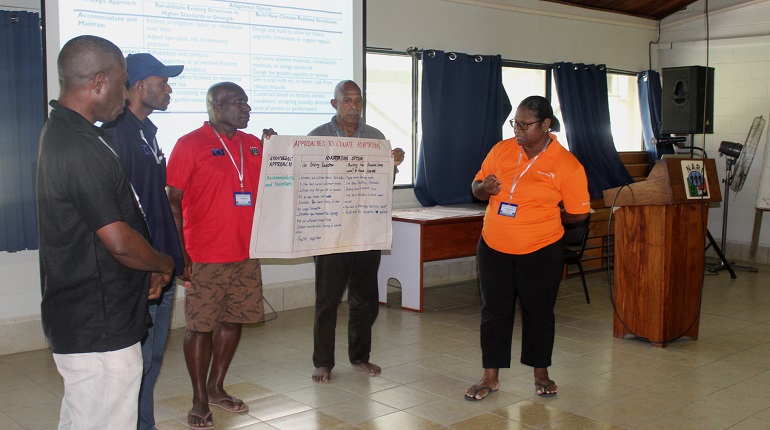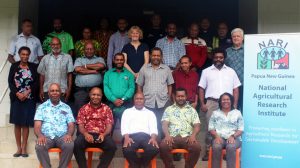The use of indigenous knowledge is still the most important source of information in the everyday lives of people especially those in rural farming communities.
Indigenous knowledge determines their agricultural activities as well as cultural events and it also prepares them for disasters such as drought, and flood.
Kambaramba village in the Angoram District of East Sepik is prone to floods and for a few months in a
year it stays submerged in water.
To ensure families still have food during those periods, they would fill up old dugout canoes with soil or
mulch to grow garden food and harvest from what they call a ‘floating garden’.
This intriguing experience was shared by participants from East Sepik who were part of a three-day capacity building workshop supported by the European Union, themed, “Climate Science, Risk Assessment and Resilience Planning”, from 22 to 24 March.
This workshop was facilitated by NARI and had rural development officers, extension officers, and non-government organisations converge to discuss, share experiences, and identify agricultural interventions during drought and floods.
Some of the interventions discussed were on creating natural buffer zones by planting trees for river communities; building terraces using bamboo; encourage barter (trade) system for food from neighbouring villages, and identify and continue farming local crops that are tolerant drought or access moisture.




